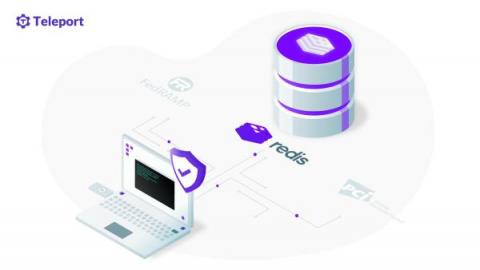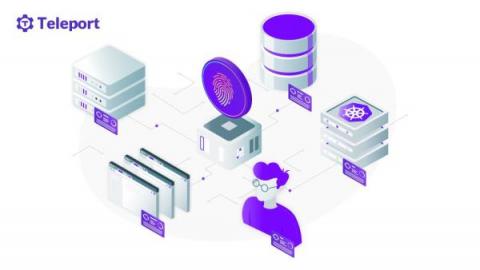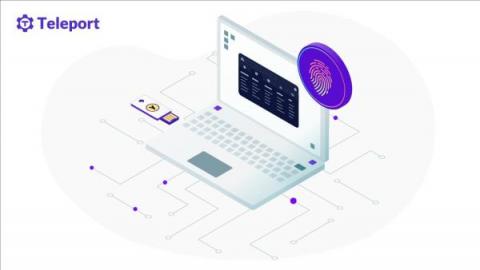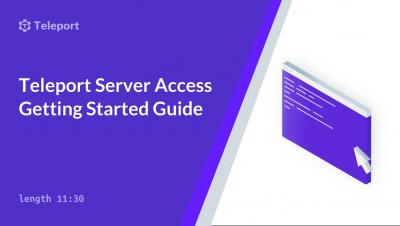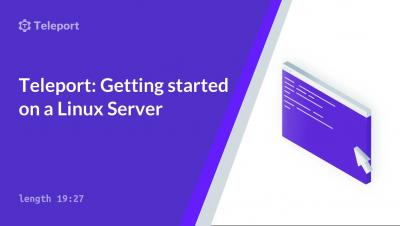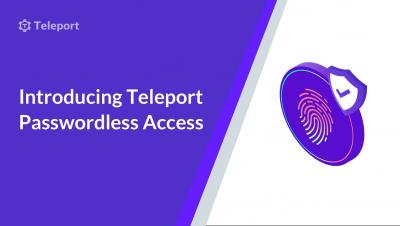Securing Your Snowflake Database with Teleport Database Access
Picture this: unfortunately you had to let one of your engineers go. No matter how many times you tried to tell them, after countless interventions and meetings with the engineering lead, they simply wouldn’t stop using tabs instead of spaces. An absolutely unforgivable offense. A few weeks later, suddenly your production Snowflake database is wiped out. You log on to assess the damages and you check the SNOWFLAKE.ACCOUNT_USAGE.QUERY_HISTORY for every user in the system.





